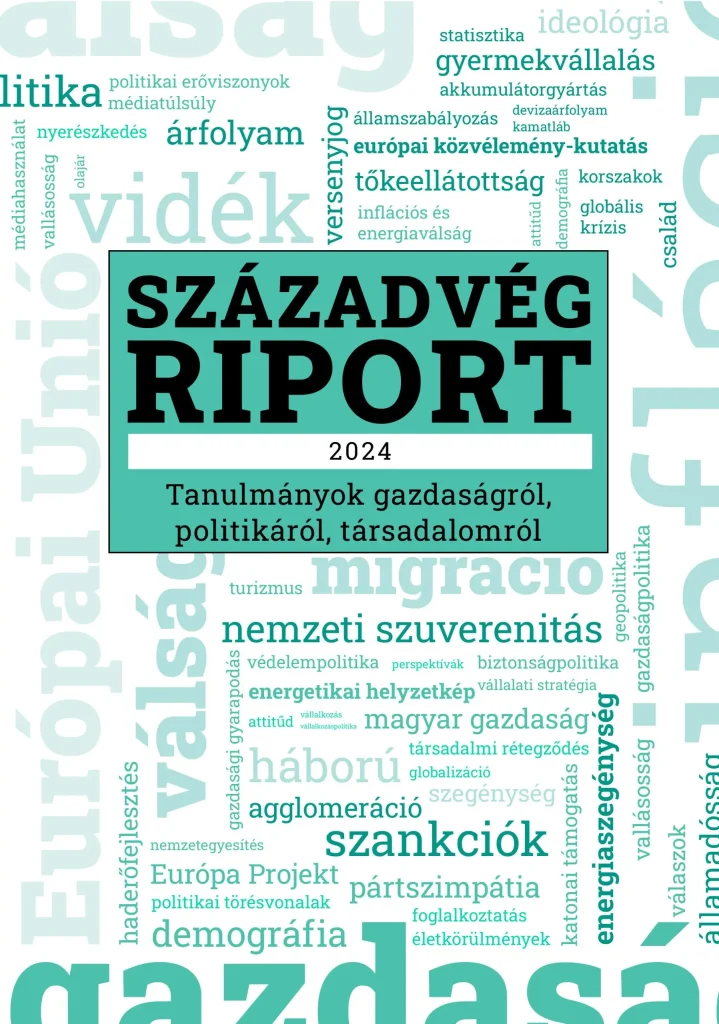Social cohesion accompanied the defence
The ability of the population to act as one in the face of natural disasters is key to a rapid and effective response. As a sign of solidarity and cooperation in a crisis, the survey found that
92% of respondents believe that society has come together to tackle the floods.
Outstanding performance by the Hungarian Defence Forces and public agencies
In addition to the efforts of the population, a well-coordinated and capable system of public institutions capable of providing the necessary resources (sandbags, vehicles, medical care, among others) is essential for the effectiveness of flood protection. The survey data show that
71% of respondents consider government action on flood protection to be efficient.
It is important to stress that
one of the central pillars of the flood crisis management was the Hungarian Defence Forces, with 83% of Hungarians expressing satisfaction with its performance in managing the floods.
The work of the other bodies involved in protection is also positively assessed by the Hungarian population.
An overwhelming majority of respondents considered the actions of disaster response authorities (91%), water management authorities (90%) and the police (78%) to be effective
in dealing with the emergency caused by the flooding of the Danube and its tributaries.
No flood fatalities in Hungary
The survey shows that, as a result of social and institutional cooperation
only 4% of respondents affected by the autumn flooding reported that their property was in immediate danger, while the proportion of those who suffered actual material loss was 1%.
In addition, it is important to note that in Hungary, unlike Austria and Poland, among others, there were no flood fatalities.
In the light of the above, it can be said, and can also serve as a guiding example for the management of possible future crises, that Hungarians actively participate in joint efforts in crises and trust the bodies involved in crisis management.
CATI method, n=1,000, among Hungarian adults, data collection: October 2024
